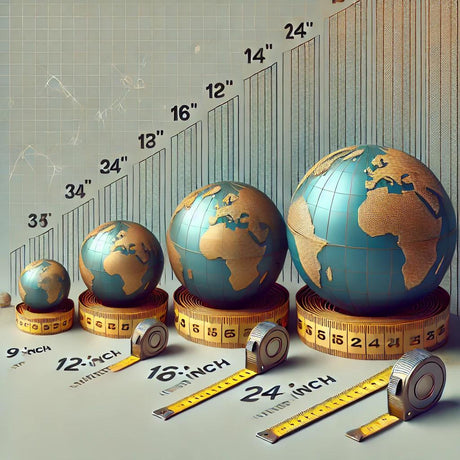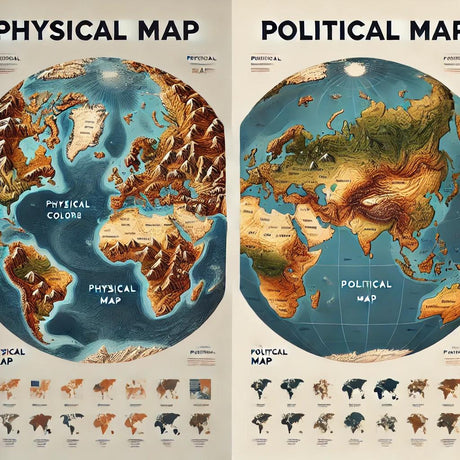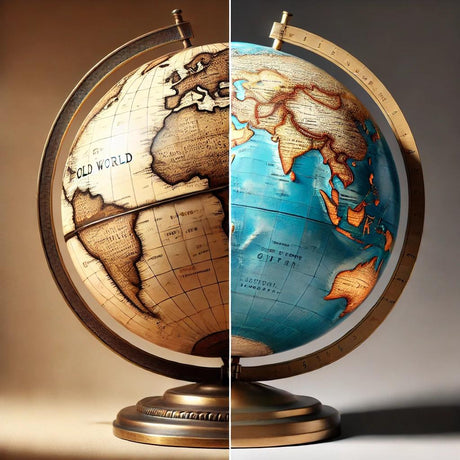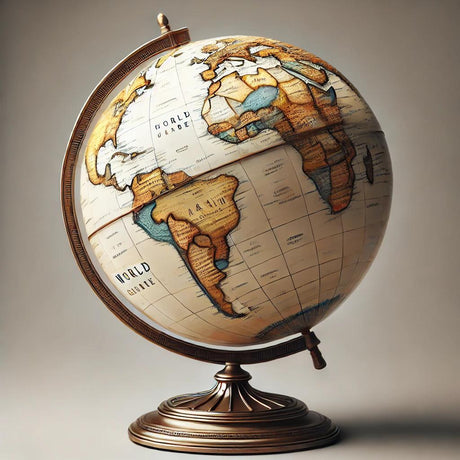
Los globos terráqueos se asocian tradicionalmente con la geografía, pero también desempeñan un papel importante en el estudio de la astronomía. Al proporcionar un modelo tridimensional de la Tierra, los globos terráqueos ayudan a los estudiantes y entusiastas a visualizar las coordenadas celestes, los movimientos planetarios y otros fenómenos astronómicos. A continuación, se muestra cómo los globos terráqueos pueden mejorar su comprensión de la astronomía.
Comprensión de las coordenadas celestes
Las coordenadas celestes se utilizan para señalar la ubicación de las estrellas, los planetas y otros objetos celestes en el cielo. Estas coordenadas son similares a las coordenadas geográficas de latitud y longitud que se utilizan en la Tierra. Un globo terráqueo ayuda a los estudiantes a visualizar cómo se representan estas coordenadas celestes en el cielo. Al comprender la posición y la rotación de la Tierra, uno puede comprender mejor cómo ubicar objetos celestes en diferentes momentos y desde diferentes ubicaciones en el planeta.
Visualizando los movimientos planetarios
Los movimientos de los planetas, tanto alrededor del Sol como en relación con la Tierra, pueden ser complejos. Un globo terráqueo puede ayudar a visualizar estos movimientos. Al simular la rotación y la órbita de la Tierra, los estudiantes pueden comprender mejor conceptos como el movimiento retrógrado, las fases de la luna y los eclipses. Este enfoque práctico hace que el aprendizaje de estos fenómenos complejos sea más accesible y atractivo.
Simulación de eventos astronómicos
Los globos terráqueos se pueden utilizar para simular diversos eventos astronómicos. Por ejemplo, los estudiantes pueden utilizar un globo terráqueo para demostrar cómo se producen los eclipses solares y lunares alineando el globo (la Tierra), una fuente de luz (el Sol) y una esfera más pequeña (la Luna). Esta demostración práctica ayuda a aclarar la mecánica detrás de estos eventos, que a menudo pueden ser abstractos cuando se describen solo a través de texto y diagramas.
Mejorar la educación astronómica
En el aula, los globos terráqueos son herramientas educativas valiosas para enseñar astronomía. Proporcionan un punto de referencia tangible para analizar la orientación de la Tierra en el espacio, el movimiento aparente de las estrellas y las posiciones cambiantes de los objetos celestes a lo largo del año. El uso de globos terráqueos junto con mapas estelares y telescopios puede crear una experiencia de aprendizaje integral que sirva de puente entre el conocimiento teórico y la observación práctica.
Conclusión
Los globos terráqueos son herramientas versátiles que van más allá de la geografía y se extienden al ámbito de la astronomía. Al ayudar a los estudiantes a visualizar las coordenadas celestes, comprender los movimientos planetarios y simular eventos astronómicos, los globos terráqueos mejoran el estudio de la astronomía y hacen que los conceptos complejos sean más accesibles. Incorporar globos terráqueos a la educación astronómica puede brindar una comprensión más profunda e intuitiva del cosmos.
Para obtener más información sobre globos terráqueos de alta calidad que se pueden utilizar con fines educativos, visita Ultimate Globes .




